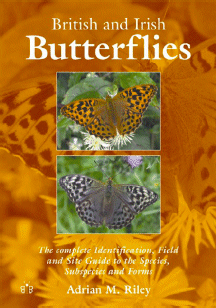 |
by Adrian Riley
ISBN 978-0-9553928-0-1, Paperback, 352pp, Full colour
This lavishly illustrated butterfly book is the first to cover all the adult forms found in the British Isles, including sub-species, written by a highly experienced lepidopterist. The clear directions and field tips, with added OS grid references, will assist you in finding the butterflies and also in identifying them in their habitats, guided by details of behaviour and morphology. The text is complemented with over 270 photographs of living specimens of all the taxa in full colour. This volume is supported by Butterfly Conservation in their efforts to protect the butterfly fauna of these islands, whilst at the same time, encouraging greater public awareness of their existence and beauty.
RRP £35.00
Adrian Riley was born in Telford, Shropshire, England, and spent much of his working life at Rothamsted, the agricultural research station in Harpenden, Hertfordshire, where he pursued a professional career in entomology. On retiring early, he turned his energies to natural history, more especially to birding and the study of butterflies.
Christmas came early for me yesterday, when a copy of Adrian Riley's new book, "British and Irish Butterflies", came in the post. This is the same Adrian Riley who, earlier this year, sent me a photo of every species, subspecies and form found in the British Isles, for inclusion in the UK Butterflies website. Adrian's contribution made me rethink the prominence given to subspecies and forms in particular, and the website was changed as a result.
This is also the same Adrian Riley who has written several books and hundreds of scientific papers on all manner of natural history - and many visitors will know of Adrian's attempt to see as many birds as possible in one year, as documented in his book "Arrivals and Rivals; a Birding Oddity". In this latest book, Adrian has essentially created (as he says) his "life's work", the foundations of which started in 1969, although he started putting pen to paper in 2003.
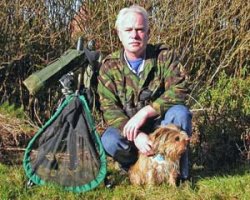 |
The book starts with an introduction from Martin Warren, Chief Executive of Butterfly Conservation, and a foreword from Dr. Richard Harrington. As Richard succinctly puts it, "Until now, we seemingly had only around 60 taxa to interest us ... we are presented with an authoritative account of all the clearly distinguishable species, subspecies and common forms and where to find them, thus providing an opportunity to track down over 100 taxa". Well said - for this is the book's unique selling point - the focus on subspecies and forms.
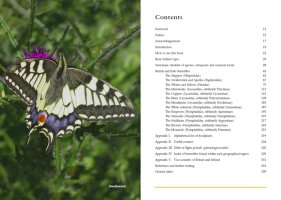 |
Until now, the only generally-available reference getting anywhere close to the subject was "The Butterflies of Great Britain and Ireland" by Emmet and Heath. In a nutshell, Adrian's book is what I would consider to be the most authoritative account of all of the subspecies and forms found in the British Isles - it's as simple as that. As such, it is essential reading for any serious Lepidopterist. For example, did you know that there are 4 different subspecies of Meadow Brown, one of our most-common and widespread species, in the British Isles? Those in my local patch, on the Berkshire / Hampshire border, are subspecies insularis. Now I just need to find the other three subspecies!
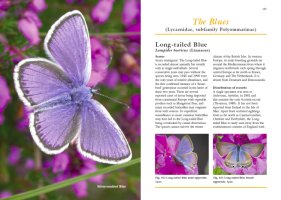 |
The book itself is 352 pages in length and crammed full of photos and information - information not found elsewhere, I have to say. The information is well-written, clear and concise. Furthermore, you get a sense of the scientific rigour that Adrian has applied to his research, nicely wrapped up with the author's own anecdotes and experiences.
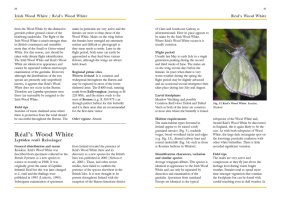 |
The species, subspecies and forms included in the book are extensive and the book includes the recently-discovered Réal's Wood White, accidentally introduced species such as the Large Chequered Skipper and Geranium Bronze, deliberately introduced species such as the Map, and also very rare migrants such as the Monarch and American Painted Lady. The book also includes migrants and species whose presence is debated in some circles, including the Apollo, Scarce Swallowtail and Arran Brown. Of course, the book covers all of the known subspecies and forms in detail.
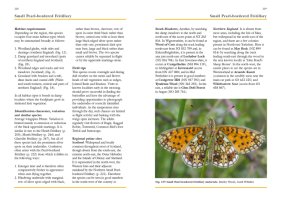 |
The book also provides vernacular (common) names to all of the various subspecies and forms, most of which have been taken from previous works, in order to provide names that the "man in the street" will more-easily grasp. Some of these names make perfect sense. For example, the Scottish subspecies of the Dark Green Fritillary, ssp. scotica, is given the vernacular name Scottish Dark Green Fritillary. However, some names don't seem to work so well for me. For example, the valesina form of Silver-washed Fritillary is given the name Greenish Silver-washed Fritillary. Highly descriptive - but I just can't see myself ever using it - this form will always be valesina to me! I also felt that there was an inconsistency in that the 3 forms of Marsh Fritillary weren't called out in their own section as for the other forms.
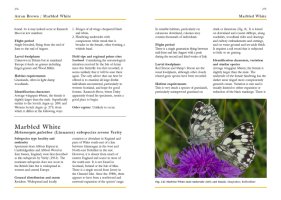 |
Other than these minor niggles, the descriptions of each subspecies and form are, as already mentioned, the most comprehensive description I've yet to find. I'm sure the information must be somewhere - but is probably buried in technical journals not available to the layman such as myself. And so I appreciate the extensive research that Adrian has done to consolidate this information, and present it in a form that makes for an easy read.
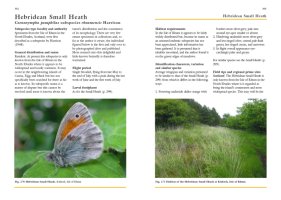 |
Each species, subspecies and form is described in terms of its general distribution, status, flight period, larval foodplants, habitat requirements, identification characteristics, variation, similar species and field tips. The description is nicely rounded off with a comprehensive listing (including grid references) of prime sites across the British Isles where the species can be found. The book concludes with several useful appendices that includes foodplants, flight periods (with a distinction for each subspecies) and useful references and further reading.
All in all, I consider this to be one of the great works of the decade in its field, and am sure it will be considered a reference work for many years to come - alongside the works of Frohawk, South and Ford. Adrian has really set the standard for any future work in this area and, I have to say, has really moved my understanding of the butterfly fauna of the British Isles along considerably.
"The photographs shown in this book of all the species, subspecies and common forms of British and Irish butterflies, complemented as they are by extensive site guides, identification notes and detailed field tips, constitute - I hope - the most complete guide yet available to the 108 butterfly taxa found in these islands". This reviewer, for one, would agree.